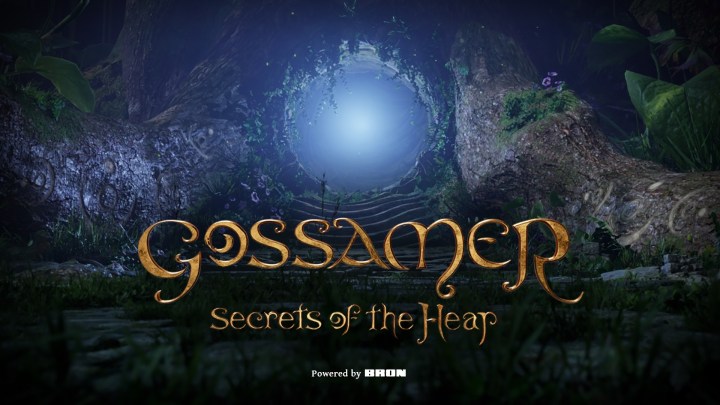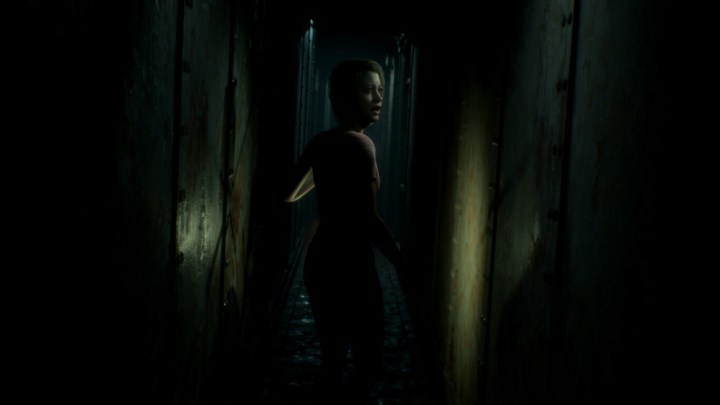Blizzard Entertainment: Crafting a Portfolio with Focus
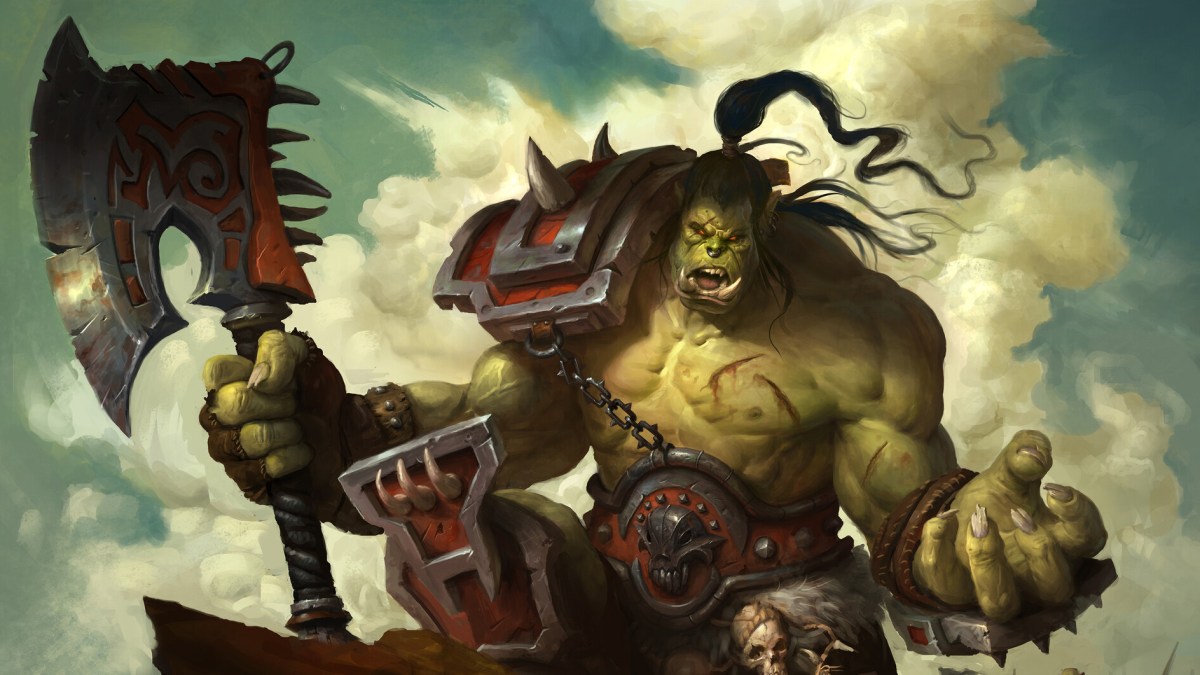
As a hiring manager at Blizzard Entertainment who reviews portfolios for the World of Warcraft team, I come across a lot of different approaches—and see artists stumble into some common pitfalls. Today, I would like to offer some tips and advice to help artists maximize the clarity of your portfolio and demonstrate that you are a good candidate for the role or team you are interested in.
The examples below are specific to the artists and teams that I work with at Blizzard, but they also can apply across different art styles, disciplines, and teams. As with anything related to game art, the answer to which approach is best might be “it depends.” So, consider these to be general tips—and remember that every case, place, team, or position might look for something a little different. To provide a few additional viewpoints, I have also included advice from some of the art leads on World of Warcraft.
With that said, let’s jump into it.
Find Your Focus
What if you do not know what your art focus is yet? If you are just starting out or are in school, use that early time and different classes to experiment with different disciplines (character art or fx), art styles (realistic or stylized), and themes (modern-day or fantasy). Doing this will help you narrow down what you want to further develop and ultimately excel at.

Looking at World of Warcraft concept artist Cole Eastburn’s ArtStation page, you can see there is a focus on illustration, concept art, and visual development work, all of which are similar skill sets. The style he works in is heavily based in fantasy. His inspiration and focus are clearly Warcraft.
Having a portfolio that covers a wide range of styles and subjects is going to make applying for specific roles harder. Will that limit you? Yes. But it will also make you a more appealing candidate for those specific kinds of roles.
Not demonstrating a focus in your portfolio sends the message that you may not know what you want to do, and makes it so a recruiter or hiring manager has a more difficult time seeing how you could potentially fit on a team. One of the concerns with a focused approach I hear from art students is, “I don’t want to limit my ability to apply to different style roles, though.” That is a valid concern, but it is important to realize that the trade-off for not committing to one area, discipline, or style is that you may not end up mastering any area. The analogy I use for this is you need to know how to catch before you can juggle. Once you have an area mastered, then you can start branching out and adding to your skillset.
“Nothing shows your best work more than something you are really into. You will pour more of your passion and heart into making something awesome for something you love!”
Jay Hwang, Lead Prop Artist
“Definitely pick a subject you think is going to be really fun and that you have a lot of interest in. Good environments can take some time, and part of staying motivated to finish your project is making sure it’s something you think is awesome and you enjoy working on. Ideally you should be trying to capture the style of the art you are most interested in creating as a job and showing your very best quality to make it easy for potential employers to see where your current skill level is at.”
Shem Dawson, Lead Dungeon Artist
While you are trying a variety of different areas in the art field, also make sure to focus on getting a good handle on fundamentals, because ultimately, fundamentals transcend programs and what buttons to click over time. Developing supplemental skillsets to your focus without foundational knowledge of art elements and principles like color, shape, value, and balance, could make it so all your work is lacking.
Make That Clear

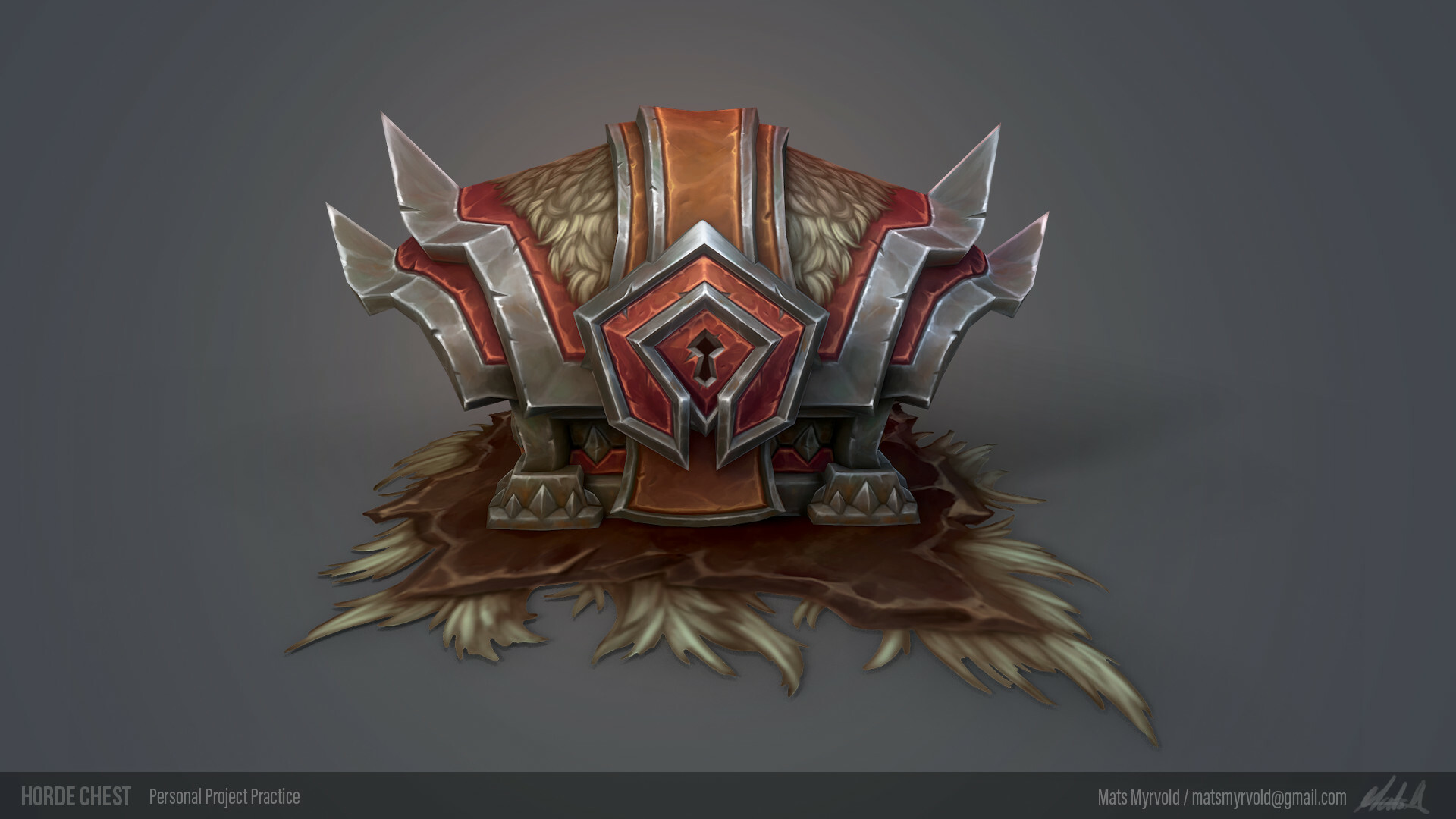
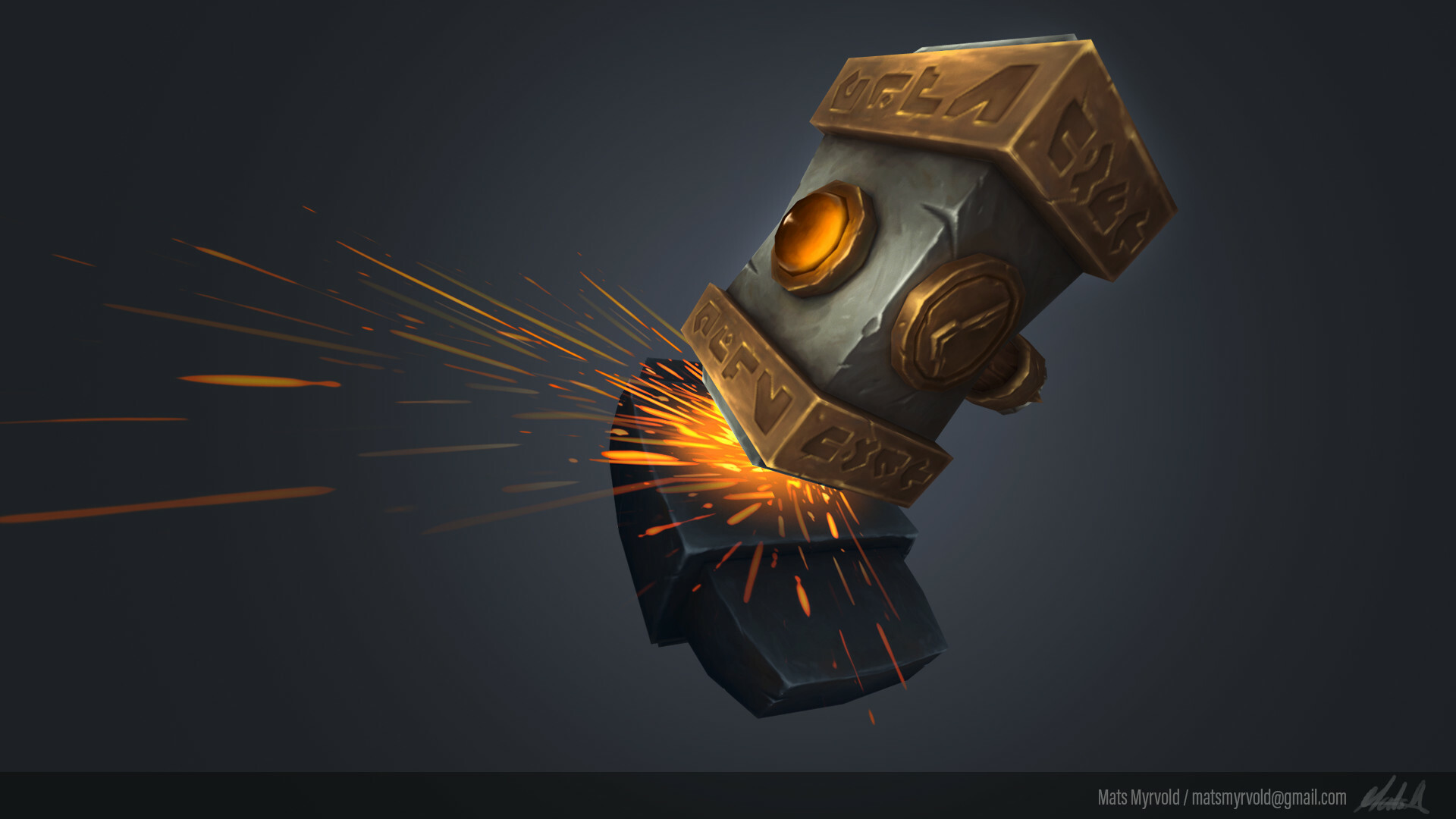
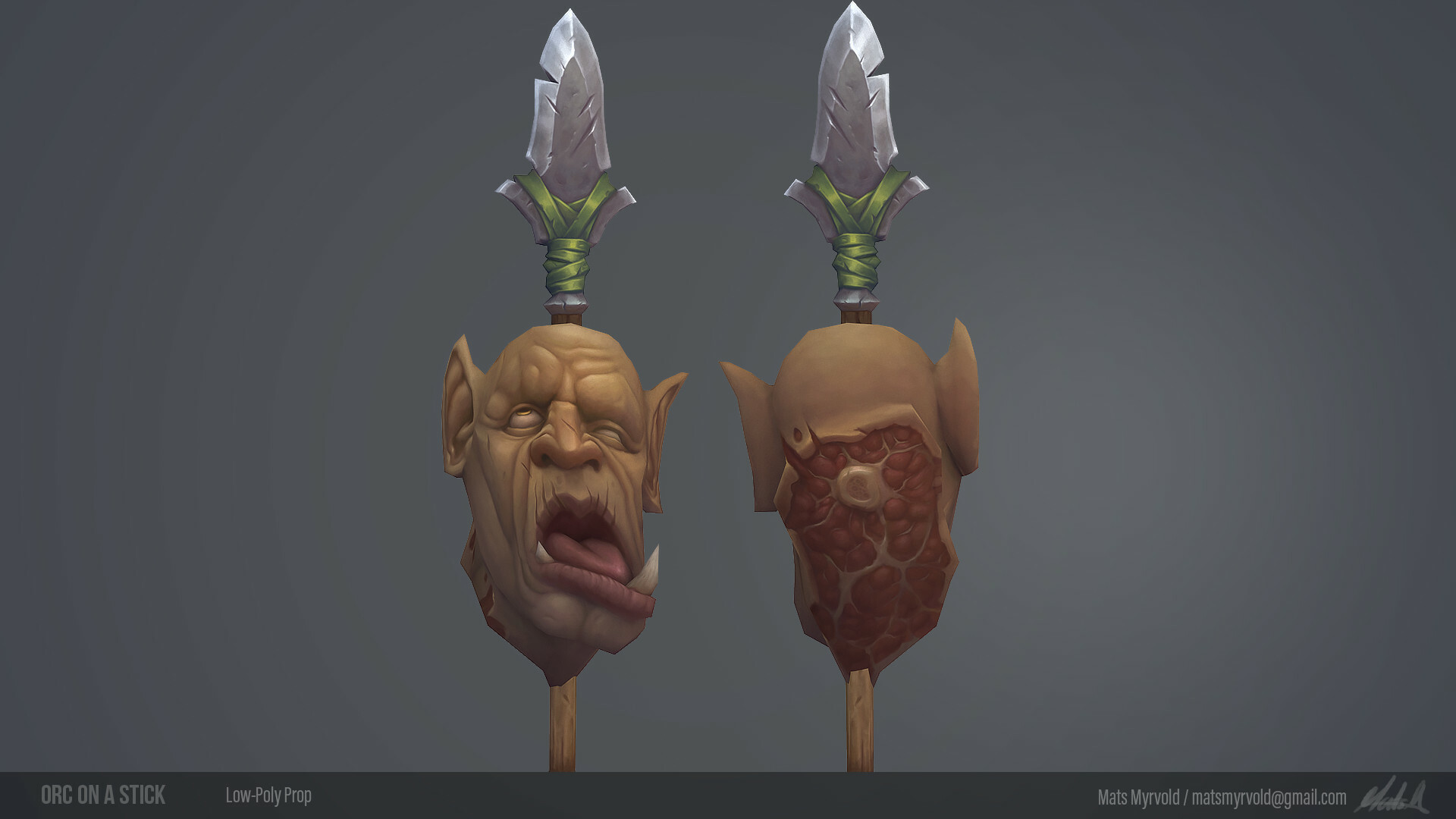
Looking at these four examples from Mats Myrvold, it is clear what his focus is: He wants to create hand-painted fantasy-style props. His portfolio does not contain a mix of realistic PBR cars, modern weapons, and illustrations. Having a curated and focused portfolio like this makes the job of the recruiter and hiring manager much easier. Not only are you showing that you have a clear vision of what you want to do, but it also shows whether you are a match for the style of the project. Even within that, there is no confusion or questioning whether this person would be happier creating characters. The drive to create high quality, hand-painted, fantasy props is clear.
“Master your craft and prove it. It is simple and true, but remember to prove it to yourself first.”
Dusty Nolting, Lead Character Artist
“If you include a variety of work in your portfolio, consider organizing it into different sections for more cohesive browsing.”
Tina Wang, Lead Environment Artist
Be a Storyteller
Regardless of the art style and project you want to work on, having the goal of being a storyteller should be foremost in your mind. Art leads and art directors want to hire people that tell stories with their art. Consider whether the viewer can infer a story. It does not need to be overt, but you should be able to answer who, what, when, where, and why.

This WoW Student Art Contest winning entry from Gabe Gonzalez is a great example of telling a story. It is clear this is a memorial for a character in the world, which comes through in the stained-glass art, the color palette, and somber lighting throughout this piece.
“Being a storyteller infuses your work with more interest and more life. Anyone can make a table with a bunch of props on it. But can you make one that tells a story?”
Jay Hwang, Lead Prop Artist
“One of the best ways to show story in your work is to pick a theme you are really interested in, but show it in a new way or add something new that we haven’t seen. For example, what would a tauren airship look like? Or a tuskarr fortress?”
Shem Dawson, Lead Dungeon Artist
Curate Your Portfolio
As you create more and more art, your ArtStation will get larger and larger, making it harder for a visitor to differentiate a current example of your skillset from an outdated example. It is good to show growth in your work, but you also want to make sure there’s no doubt on the part of the recruiter or hiring manager that you are a fit for the role you are applying for. You are only as strong as your weakest piece—so make sure you have no weak pieces.
As for how many pieces you should have in your portfolio, aim for around three (if you are graduating) and then gradually increase that. Again, make sure they are all great pieces. Remove older pieces or pieces that do not represent you at your best.

Jongmo Nam curated his ArtStation to feature more recent examples of his work. This shows what he is focused on and skilled at. There is no variety in terms of disciplines; no environments, prop pieces, vehicles, or anything outside of a similar style or workflows. This kind of approach can help showcase your mastery.
“Show your passion for the work you want to do. If you like trees and plants, sketches and studies could be a great supplement—it doesn’t exclusively need to be 3D work.”
Tina Wang, Lead Environment Artist
“Focus on quality pieces that are consistent in demonstrating your artistic sensibilities.”
Dusty Nolting, Lead Character Artist
Final Tips and Advice
- Focus on building a strong understanding of art fundamentals. Those will carry you through programs over your career and make you a stronger candidate in the end.
- Try a variety of art disciplines (FX art, character animation, 3D environment creation, character creation, etc.) across a wide variety of art styles and workflows during your first few years developing your portfolio. This will help you…
- Find one area and master that discipline or art style. At least at first. Once you have a strong showcase of that skillset, then look to expand and keep developing new skills.
- Curate your portfolio. Ask your friends, family, or online communities which pieces they like the best. Ask them which they like the least too. Look at the answers you get. You will start to see a “ranking”. Think about removing the pieces that get less interest from your public portfolio.
- Unfinished pieces are great for a “work in progress” blog or social media account, but your main portfolio should have fully finished pieces. That includes posed characters, lit environments/prop/foliage sets, and well-rendered fx/character animation reels.
- Avoid including art tests in your portfolio unless you get clearance from the company. Always ask first! If you do get the OK to include one in your portfolio, only use it if you got hired or made it past the art test stage.
- Do not use logos on fan art pieces. If you need to use a logo to communicate you are aiming for a certain game or universe, then chances are it is not successful.
- Finally, create art that you enjoy! That can pertain to the theme, workflow, art style, or some other reason.
Those are just some pointers based on what I often come across in portfolios. Of course, every team is different, and there are always people or places looking for different things. So please take all this as one viewpoint, and not absolute rules. Getting a variety of opinions from people at different tenure levels, seniority levels, and at different places in their career can be helpful to see where you line up best with. Hopefully, these will help you as you build your skillset, focus area, and portfolio.
Jeff Parrott, Senior Art Manager, World of Warcraft
Blizzard Entertainment is always looking for artists and animators to join our ranks. We hire from all over the world and have openings across our Game Development and Story & Franchise Development teams. Check out our current roles and if you see a potential fit we’d love to hear from you!


















